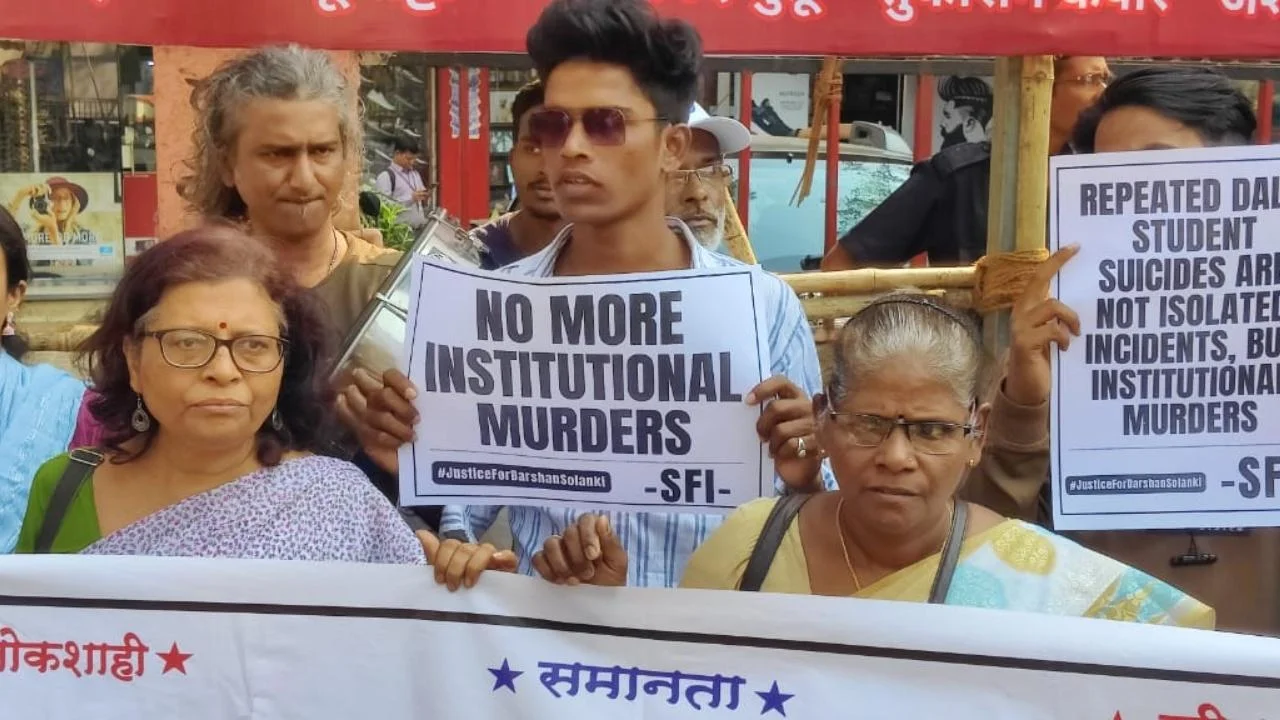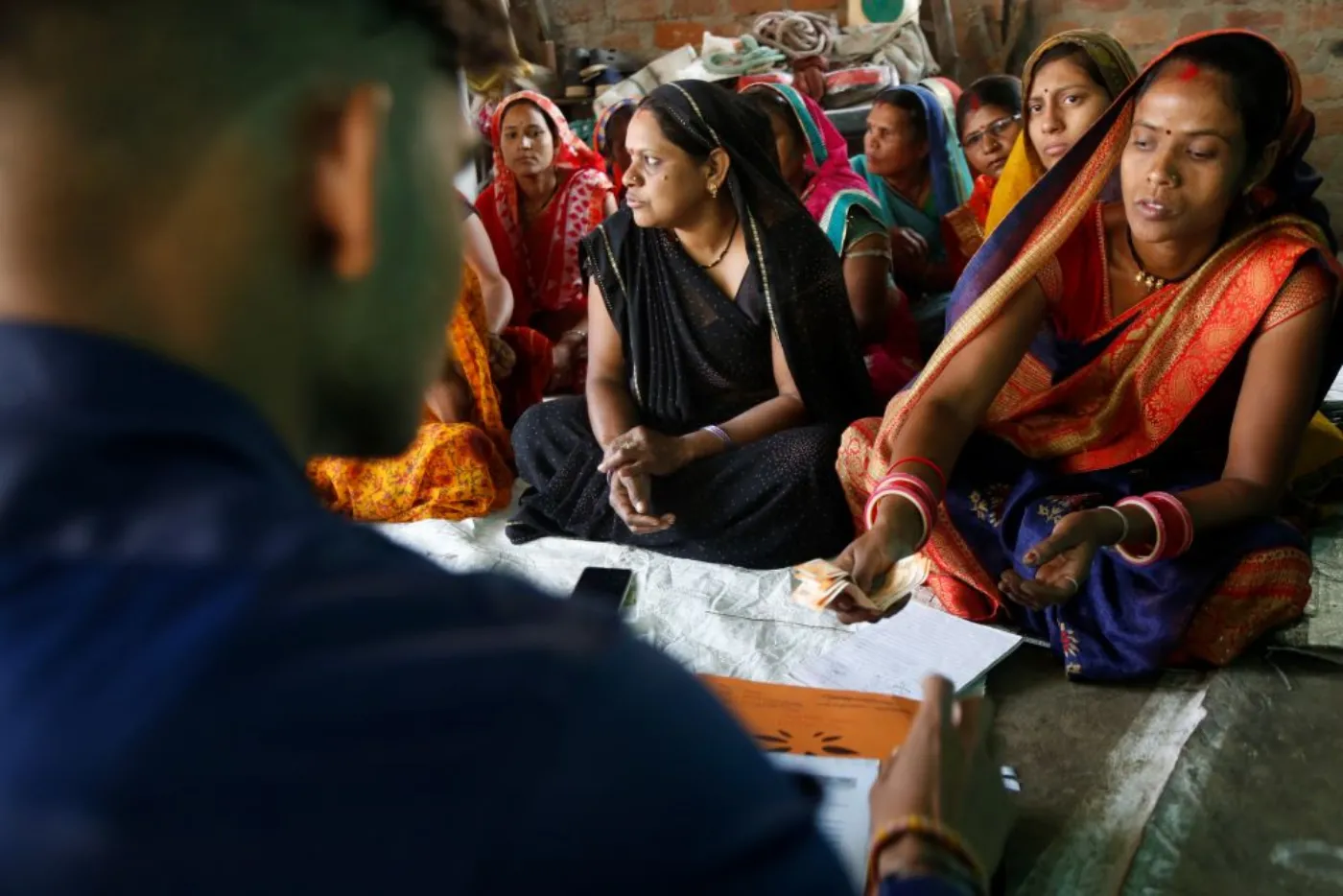Raja Rao, in his seminal foreword to Kanthapura, captured the dilemma of translation and negotiation with multiple languages in the Indian nation-state, by stating, “One has to convey in a language that is not one’s own; the spirit that is one’s own.”
The recent National Education Policy 2020 (NEP) in mandating the three-language formula and by making primary school instruction in the ‘mother-tongue’, appears to be focusing on the spirit question a tad too stringently.
The recent National Education Policy 2020 (NEP) in mandating the three-language formula and by making primary school instruction in the ‘mother-tongue’, appears to be focusing on ‘conveying meaning through the spirit’ a tad too stringently.
Academicians and experts have been engaged in debates on the progressive or detrimental nature of the policy, with DUTA President Professor Rajib Ray vehemently criticising it. However, it is pertinent to the holistic implications of the policy that we ask some basic questions.
Also read: Will The NEP 2020 Eliminate The Bias Attached To Choosing Science Stream
Whose mother-tongue will be privileged and how so, considering the heterogeneous demographic distribution of the country? Is this a project asserting an Indian liberation from the colonial hangover, is this a veil of nationalist pride disguising threads of discrimination unique to the Indian socio-economic fabric?
To do so, we need to assess the historical linguistic transformation in India, closely linked with the evolution of translation, literary and oral oeuvre, the British colonial project, and the development of nationalism in the Indian independence struggle.
Tracing The History Of Translation
The history of translation – which, in its spirit, is the act of bridging the gap among multiple languages and spirits by conveying the meaning of one (the original or the source language) into another (target language) – is not only a Herculean task of analysing our multiple religious, cultural, political, and social myths and realities from the past, but it is also an attempt at understanding the present-day nature of standardisation and linguistic hegemony that derives from a heavily political standpoint of, perhaps, pleasing the “vote-bank”.
Bharata’s Natyasastra, through examination of historical records and evidences, is considered to be one of the earliest texts written in the country. In the Dravidian culture of present-day South India, Tolkappiyam composed by Tolkappiyar serves a similar functionality in laying down prescriptive rules and guidelines on the nature of linguistic grammar, dramaturgy, literature, and the act of artistic composition in general.
The existence of these two texts in two different regions of present-day India, essentially speaking with authority on similar themes, showcases the diverse nature of linguistic understanding, interpretation, and subsequent claim on the act of creation that informs the literary and artistic heritage of the country. This authoritative literature of ancient India is an evident site of multilingualism based upon an amalgamation of cultural and social factors.
However, as this history suggests, there is a class and caste problem in this project of glorifying mother-tongues and integrating them with the nationalist fabric of India.
For instance, Mrichchhakatika – a ten-act play attributed to the ancient playwright Sudraka – brings forth this different linguistic treatment of classes and groups. The Brahmin and Kshatriya characters in the play have Sanskrit dialogues, while the women and the people from down the ladder in the varna system speak in Pali and Prakrit dialects.
To emphasise upon the intellectual refinement of the courtesan – also the heroine of the play – she often speaks in Sanskrit verse, which is meant to be a mark of her “higher-class” attributes for the other characters in the play, as well as for the audience.
This practice has been followed in most of the ancient literary texts, and establishes a relationship among different dialects/languages where the linguistic difference was categorised on the social, gender-based, class-based treatment of the speakers.
British Colonisation And English Education
The impact of the British colonisation later on, then, derived from the standardisation of a singular language for official purposes. Bentinck and Macaulay, on introducing the English Education Act of 1835, were coming from this place of administrative concern when it came to ruling a land with the multiculturalism and multilingualism as vivid as India’s.
Translation gained significant momentum, ironically, during this time because it was important for the colonising master to understand and comprehend the socio-cultural and historical context its subjects – the Indians – belonged to. These translations of Indian texts into English and the subsequent rise of English education for a specific strata of the society that could afford it, created the scope for what is now recognised as Indian English literature.
Charlie Wilkins’ translation of the Bhagvad Gita to English in 1784 served the purpose of finding a bridge of upward social mobility in the face of what had divided the masses of a diverse land like India – in its deep-seated divisions of caste, religion, and varna.
To some extent, people from across these social groups could now access the text in a singular language. The significant role of the translation of these classical, and prominently religious texts was in consolidating the status of the multiple languages and bringing to fore the lesser-known dialects.
The examples that stand out in this project are some of the translations of Valmiki’s Ramayana – Tulsidas’ famous Ramcharitmanas in Awadhi, Kamban’s Ramavataram in Tamil, Kotha Ramayana in Assamese, Bhavartha Ramayana in Marathi, Krittibasi Ramayana in Bengali, among many others.
Though the process of expressing this spirit in an “alien” language belonging to the coloniser appears to be submissive on the surface, the project of English education was thus an empowering tool from the perspective of class oppression in India.
Also read: Why We Must Be Critical Of The New Education Policy 2020
Warring Languages In Independent India
In post-1947 India, language remained a point of concern and contention, since there were several attempts at the revival of multiple native languages and dialects, with an affiliation towards the mother-tongue that the British colonisers had negated earlier in favour of a uniform subject.
Language was an important factor in the division of states during Independence and after it as well. However, this project had its significant shortcomings as the multilinguistic background that informs the diversity of India suffered at the hands of the increasing political polarity which aimed at standardisation.
The “Anti-Hindi Agitations of Tamil Nadu” during the pre- and post-Independence periods are examples of this problematic standardisation that ruptured the glorified ideal of the diverse, unified India.
The proposals of adopting Hindi as the official language and the standardisation of Hindi in primary education was vehemently resisted and rebelled against by political parties and citizens alike, since the founding of a culturally and linguistically diverse nation-state as India could not sustain itself by declaring an ideology of “othering” and looking at one linguistic identity as superior to that of the defined, signified “other”.
The current discourse on the three-language formula mandated in the National Education Policy 2020 has invited the same kind of opposition, since it opens up avenues to negate the value and the identity of the multitude of languages and cultures that shape the nation-state.
The current discourse on the three-language formula mandated in the National Education Policy 2020 has invited the same kind of opposition, since it opens up avenues to negate the value and the identity of the multitude of languages and cultures that shape the nation-state.
In the present times where the politics of othering has alienated and marginalised many by coming to define a prominent “centre” through standardisation and Hindu-isation, the looming fear pertains to the assumption that there will not only be a forced imposition of Hindi on non-Hindi-speaking regions, but this depravation from English in the primary, formative years will reinstate the class-intellect hierarchy of the past.
G.N. Devy, in After Amnesia, famously stated that colonialism made “amnesiacs” out of the Indian intelligentsia, since they deluded themselves into believing that, by virtue of expressing themselves in English, they had been integrated into the literary canon acknowledged and revered by the coloniser.

However, for 21st century students and scholars, the binaries are not between the impeccable, unflinching loyalty to the mother-tongue and the supplication to the English idiom of the coloniser. But our onus is to also recognise the gaps in this projection of the mother-tongue and the casteist, classist depravities of dialectic segregations that mar Indian cultural communication.
English education, in all its debatable flaws and questions of subjectivity, has been successful in raising the marginalised strata to equitable discourses and capabilities, and in branding them with the mother-tongue or regional idiom once again, India seems to be chartering into a dangerous territory that will turn global access and education into privileges granted, not fundamental human rights.
As a student of English literature at Lady Shri Ram College, Anushree hopes to learn and un-learn through her writing. She loves dogs and momos and the winter sun, and often makes up poems about them, but she also wants her writing to express the violence and prejudices of the socio-political reality inhabits. The former Print Editor of DU Beat, she has pursued student journalism avenues along with creative writing, with bylines appearing in Terribly Tiny Tales, Live Wire, and Film Companion. She can be found on Facebook, Twitter, Instagram, LinkedIn
Featured Image Source: The Quint





Nothing wrong here, you guys are experts in creating problems out of nothing